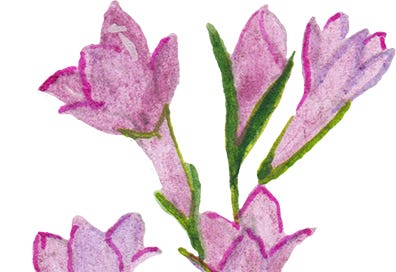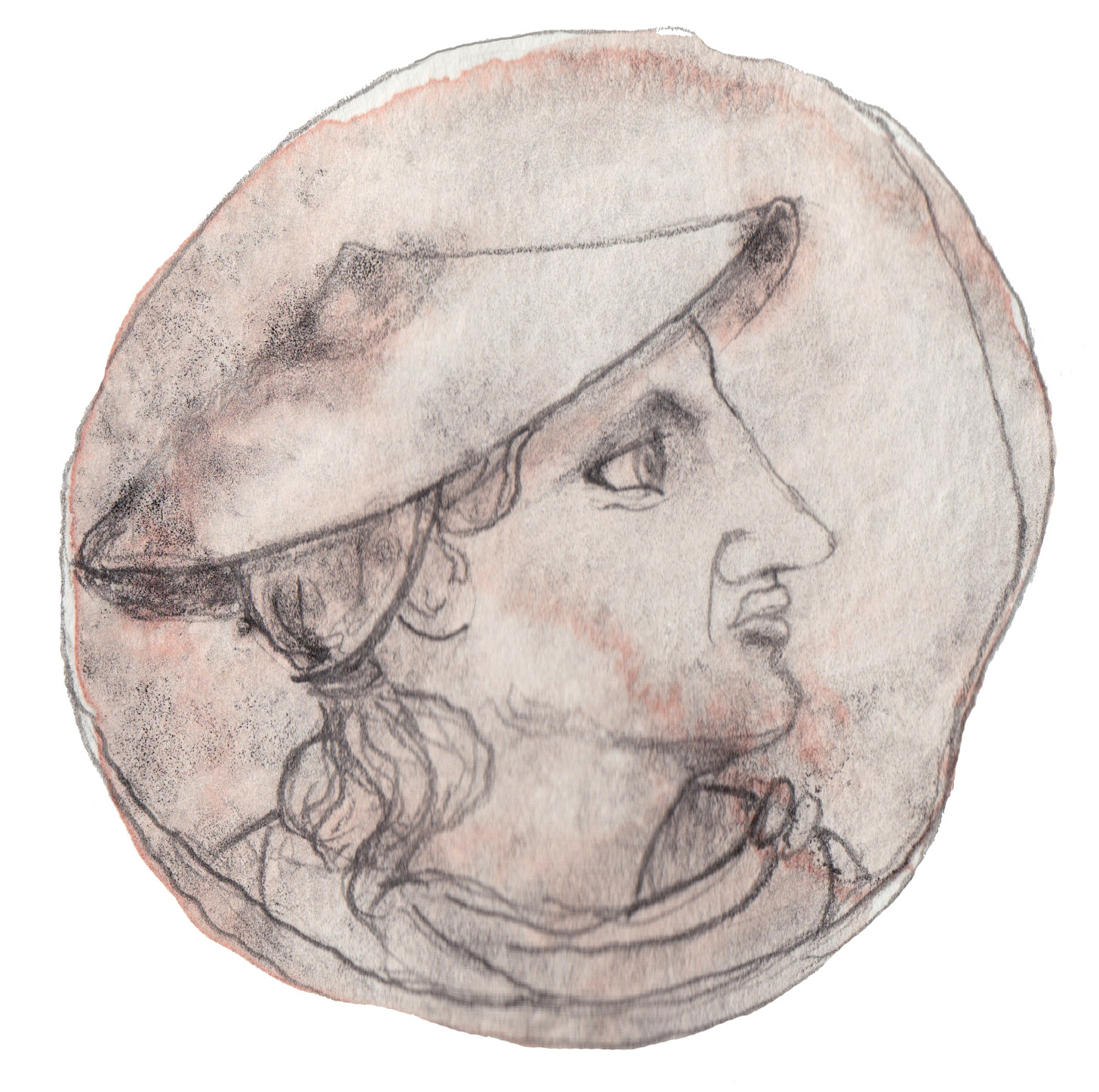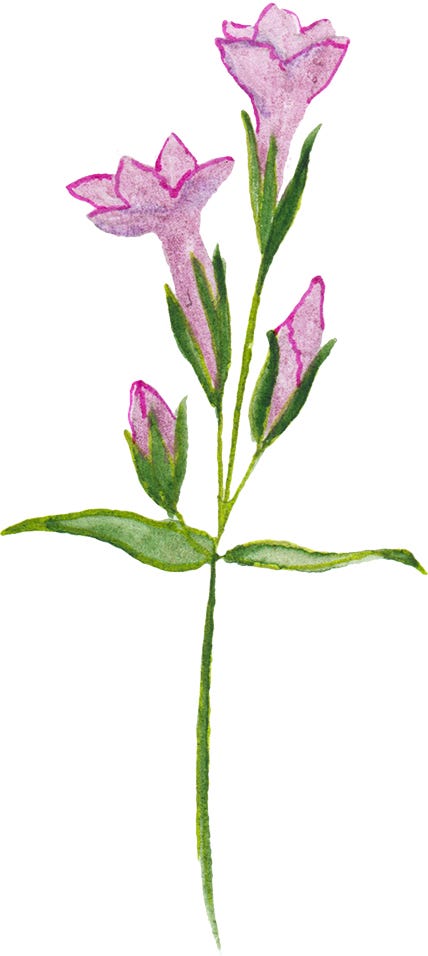Gentius was the last King of the Ardiaei, a tribe notorious for their piracy of the Adriatic Sea. He reigned from 181-168 BC in Illyria (now Montenegro) and you can still see portraits of him on ancient coins and on modern Albanian banknotes of 2,000 Lek.
King Gentius is mostly remembered for his resistance against the Romans and for his nasty temper.
According to the Greek historian, Polybius (208-125 BC), Gentius was drunk night and day. He also murdered his brother Plator, so that he could marry Plator's girlfriend, Princess Etuta of Dardania. (Dardania was a large kingdom, it included present-day Kosovo, parts of North Macedonia, Serbia and Albania.)
Despite his character flaws, Gentius should be remembered for one good thing: he discovered that Gentian, the plant named after him, could be used as a bitter.
Bitters are super useful and still used today. They can help with digestion of food and also reduce, or even stop, people farting and burping, which surely must have made Princess Etuta very happy!
Like King Gentius, the famous 17th century Herbalist Nicholas Culpeper hailed the Autumn Gentian as his top cure for any tummy trouble:
“They resist putrefactions and poison and […] prevent the pestilence. It strengthens the stomach, helps digestion and comforts the heart”
Culpeper also prescribed the use of gentians to prevent
"faintings and swoonings"
Very useful indeed.
The Autumn Gentian flowers from August to October, hence the word autumn in its name. Funnily enough the word autumn only came in use in the 16th century, before then it was the word ‘harvest’ that meant our present day ‘autumn’.
The word ‘autumn’ itself comes from Old French ‘autumpne’, which is from Latin ‘autumnus’ and is related to the originally Etruscan (later Roman) God of seasons, Vertumnus, who we previously met causing trouble amongst the daisies.
Autumn Gentian’s latin name is Gentianelle Amarella. Amarella means beautiful or beloved and was a popular girl's name in ancient Rome.
Other words for gentian are autumn dwarf gentian and autumn felwort.
This newsletter is NOT a field guide for flower identification. It’s often difficult to tell the difference between harmless plants and poisonous plants and some flowers are rare and protected by law, so, NEVER pick or use any plants or flowers if you’re not sure about them.
illustrations and text ©Chantal Bourgonje













